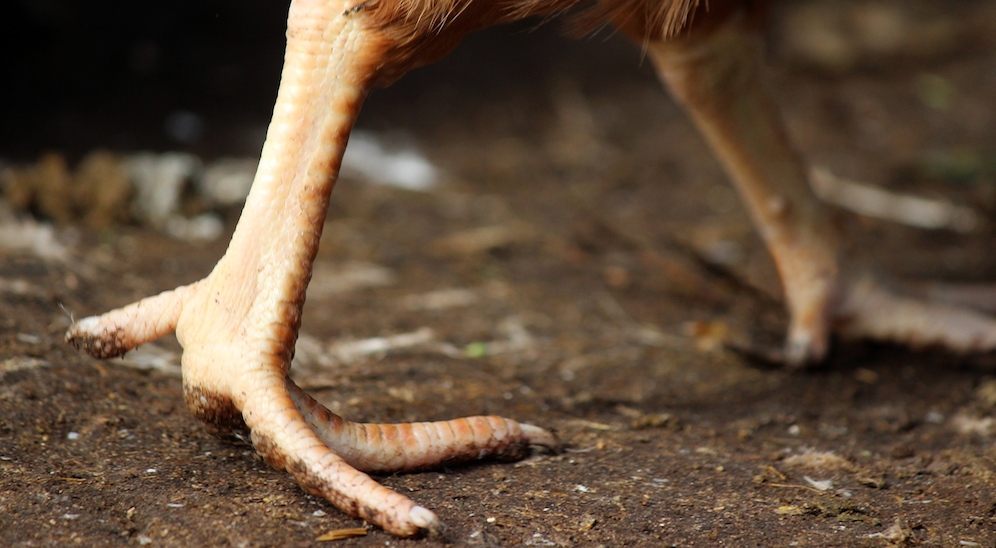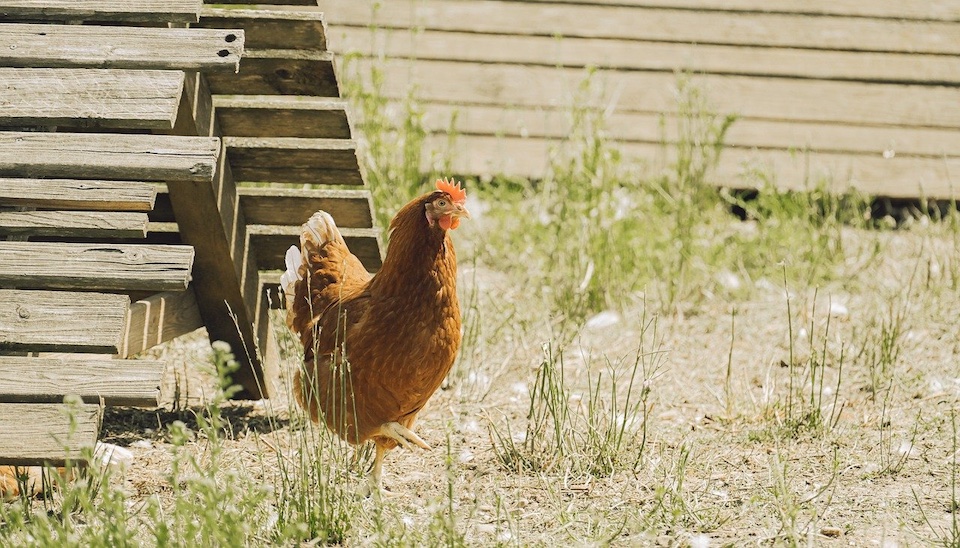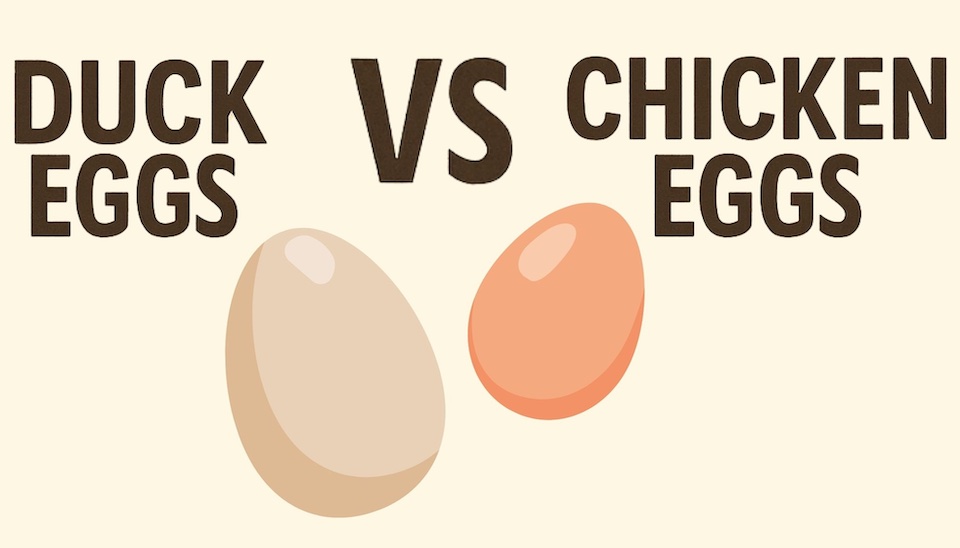Bumblefoot - Symptoms, Causes, Prevention and Treatment for Chickens
Bumblefoot in chickens
Chickens’ feet are surprisingly sensitive and are easily injured.
Chickens use their feet a lot - even a severe foot injury is unlikely to completely stop a chicken from foraging and roosting - and their feet heal slowly, so minor foot injuries in chickens often develop into more serious problems like bumblefoot.
Bumblefoot is a common problem in backyard chickens, especially older hens. It can be easily treated. But if bumblefoot is overlooked or ignored, it can cause lasting damage and even death.
Recognising bumblefoot
The symptoms of bumblefoot are the same as any foot injury:
- Limping or favouring a leg
- Decreased activity
- Not using a leg at all
- A swollen footpad or toe
- A sore foot or footpad
So how can you tell if a foot or leg injury is bumblefoot?
Bumblefoot is usually recognised by a black or brown scab, swelling and/or pus-filled abscesses. It is most often on the foot pad but can occur on the toes or on top of the foot.
If you have a chicken displaying the symptoms of a foot injury, you will need to examine the foot for signs of bumblefoot.
It is important to examine and treat any foot injury in chickens, as injuries that become infected or do not heal properly are the most common cause of bumblefoot.
Causes of bumblefoot in backyard chickens
Bumblefoot is an infection caused by bacteria. It is usually the result of some sort of injury to the foot, such as a cut, scratch, graze, puncture or even a bruise, that then becomes infected. Because chickens are quite hardy, the initial injury often isn’t noticed and the exposed wound then contracts bumblefoot.
Foot injuries that lead to bumblefoot are often caused by:
- Stepping on something sharp, such as barbed wire or an old nail
- Rough or sharp surfaces in the chicken run, such as gravel or concrete
- Jumping down from nesting boxes or roosts that are too high
- Roosts that are too small or too difficult to grasp (e.g. too small, perfectly round, made from a slippery material such as metal or plastic)
- Splinters from rough roosts, or wood bedding such as sawdust or wood chip
Bumblefoot is more likely to occur when chickens are walking around on wet or dirty bedding. Cold weather, obesity and poor nutrition, in particular diets high in carbohydrates and low in protein, also contribute to this disease.
Preventing bumblefoot
As with all chicken illnesses, prevention is better than a cure. Preventing bumblefoot, however, is not always that easy.
The best possible prevention is treating all foot injuries so that they don’t become infected. This, of course, requires close observation of your birds and checking their feet for problems on a regular basis. If a foot injury is detected, it should be carefully cleaned and treated with Vetericyn Plus to prevent infection and help the would heal. It should be wrapped, to stop any bacteria from entering, and redressed with Vetericyn, every day.
Good coop management and chicken care also help prevent bumblefoot. For example:
- Ensure the coop and bedding are clean and dry
- Never leave sharp objects that could damage birds’ feet lying around
- Feed chickens a balanced and nutritious diet
- Avoid giving chickens too many scraps, carbohydrates or fat in order to prevent obesity (it does happen!)
Ensuring the roosts you provide are smooth but not slippery, and that chickens don’t have too big a jump down from them, will also help. Ideal roosts should be at least 5 cm wide, and roosts that are flat or semi-flattened are better than perfectly round ones.
Treating bumblefoot
Mild cases of bumblefoot can often be treated in the same way as other foot injuries:
- Clean the wound carefully, removing any scabs and squeezing out any pus
- Dry the wound
- Treat with Vetericyn Plus Poultry Care
- Dress the wound to prevent further infection
- Spray with Vetericyn and redress every day until healed
In more severe cases of bumblefoot, it may be necessary to remove the diseased tissue from the bird’s foot. If this is not done, the chicken may die.
We recommend seeking veterinary attention for advanced cases of bumblefoot. However, there are instructions for operating on bumblefoot at home available from reliable sources such as The Chicken Chick if veterinary care is unavailable.
Do you need to know more? Check out these handy links:
- Designing the right type of roost for chickens - it's not what you think!
- What to feed laying hens? Avoiding nutritional deficiencies
- Avoiding obesity in backyard chickens
Happy chicken keeping!
Rachael at Dine a Chook Australia



